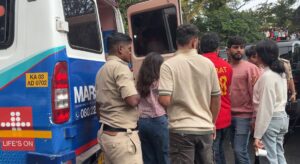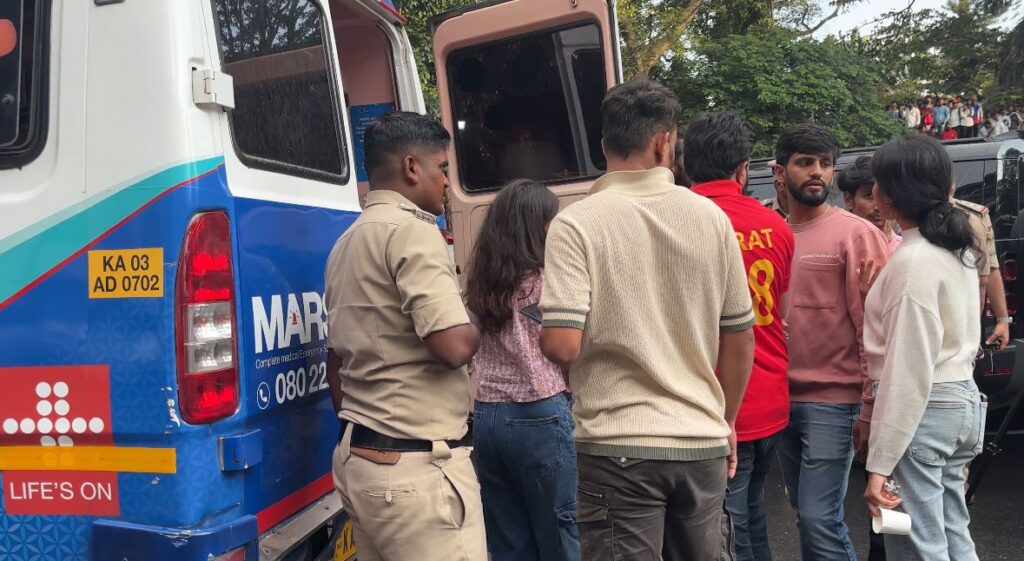
On June 4, what was supposed to be a celebration of Royal Challengers Bengaluru’s maiden IPL title win after 18 years turned into a tragedy when a stampede claimed the lives of 11 people and left many injured. The Karnataka Government has now submitted a report to the High Court detailing the events that led to the stampede.
The report has outlined a series of failures in coordination and planning. According to it, the organisers – RCB, Karnataka State Cricket Association (KSCA) and DNA Networks – had only intimated the police about a possible event if the team won, but did not seek formal permission to go ahead with the celebrations. Neither did they provide a crowd management plan, and despite assurances, no medcial setup was arranged at the venue.
Timeline of Events
On the morning of June 4, RCB posted a series of tweets:
7:01 AM: Announced a victory parade starting at 3:30 PM from Vidhana Soudha to the stadium.
8:00 AM: Reaffirmed the plan.
8:55 AM: Virat Kohli posted a video on his social media inviting fans to join the celebration.
1:00 PM, Bengaluru Police put out a tweet stating that the parade had been cancelled, citing logistical constraints. The tweet said that only a felicitation ceremony would be held at the stadium from 5–6 PM and urged the public to avoid the area.
Confusion followed when, at 3:14 PM, RCB tweeted again saying the Victory Parade would begin at 5 PM, followed by stadium celebrations. A link for free entry passes was shared, though no clear instructions were provided on how they would be enforced.
By the time the second tweet went out from the official RCB handles, crowds had already started to build in the early afternoon. According to the government’s report, more than 4.5 lakh people had gathered for the celebration around the M Chinnaswamy Stadium when the seating capacity was only 35,000. As many as 2,500 police personnel were deployed for general city duty but no formal clearance or Standard Operating Procedure (SOP) was in place for crowd control.
First-hand Account from the Ground
When the news of the deaths started to break out, I was stuck in the crowd outside Gate No. 12. Despite being just 50 metres away from the assigned Media Gate, I could not make it out of the crowd for another 45 mins.
But even by late afternoon, people were packed shoulder to shoulder. When the rain started around 5 pm, discomfort turned into panic. Some fans climbed fences and trees, while others pleaded with security to open the gates, but they remained shut. By then, I had received news about the stampede and the deaths caused by it. The situation was just as grim on the side of the stadium where the team bus was supposed to end their “victory parade”.
When the team bus neared the gate, the crowd surged. That’s when the stampede began. Some fans tried to escape into the team bus lane, but police pushed them back. Once the bus entered the stadium, the police pulled down the barricades to release the pressure. I was helped over a barricade by a bystander. Just as I jumped over into the secured bus lane, two ambulances whizzed past.
Inside, ambulances were already arriving. I saw multiple injured fans seeking help from the one ambulance parked inside the compound treating people on the spot. Despite this, the celebrations went on – fireworks, speeches, and a lap of honour by the team.
What happens next?
A judicial inquiry is underway. FIRs have been filed against the organisers, and the CID is investigating. The government has announced ₹25 lakh compensation for each of the deceased and medical coverage for the injured. A new SOP for large public events is being drafted to prevent such tragedies in the future.
For More Sports Related News: Follow RevSportz





